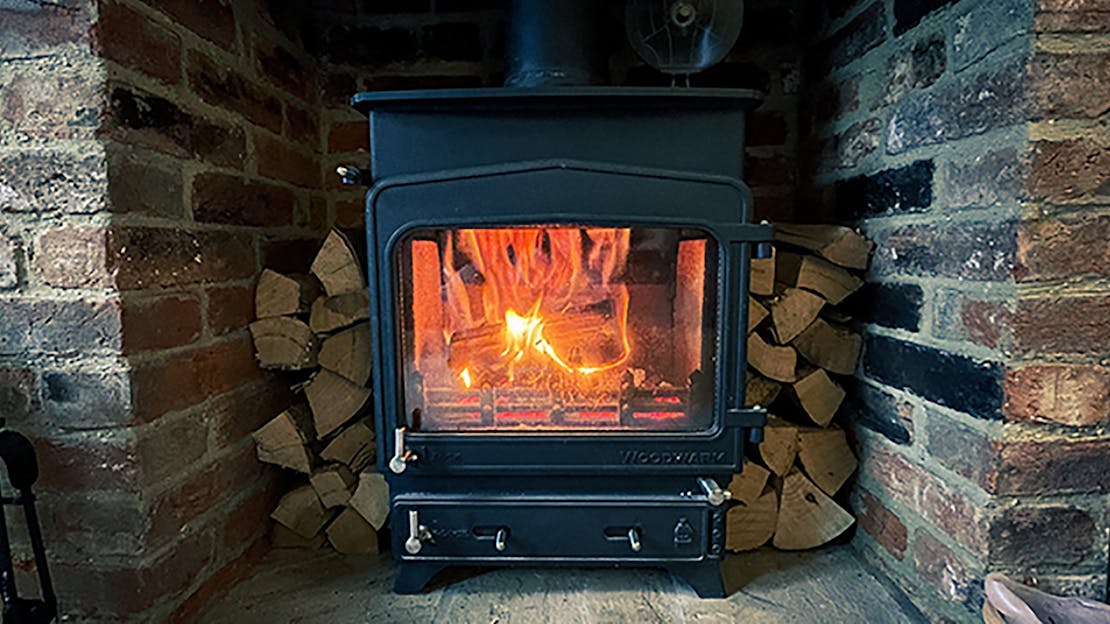
Multi Fuel Stoves Fuel Guide
When choosing a Multi Fuel stove, it’s important to properly understand how Multi Fuel Stoves are used. In this guide we’ll discuss the variety of ways to use Multi Fuel Stoves and the standard best practises when using them.
Multi Fuel Stoves are appliances that are used to burn a solid fuel within them to generate heat, to then warm up their surroundings. The difference between Multi Fuel Stoves and other heating appliances is that they can burn various different types of fuels, including Smokeless Coal, Firewood Logs, and Wood Briquettes/Heat Logs. These different fuels provide different burning experiences both in terms of aesthetics and the quality of heating they provide.
With recent legislation old fuels that were once used are now illegal to buy. This includes all logs under 2m3 that are sold, which have to be Kiln Dried. As well as House Coals, which are now illegal to sell, in favour of Smokeless Coal. This has been done to decrease the amount of pollutants being released into the air and reduce harm to the environment.
Burning Firewood Logs
Often people burn firewood logs because of how easy they are to light and because of the cosy aroma they produce. But these aren’t the only benefits, Logs are also carbon neutral, which means they don’t produce more carbon than there already is in the carbon cycle. New legislation that has recently come in has also made it illegal to buy wood logs with a higher than 20% moisture content in consumer sizes. Kiln Dried Logs produce less smoke and are better for the environment because of it, they are also easier to light and burn hotter than wet wood.
When comparing Kiln Dried Logs, hardwood Logs burn for longer and hotter than Softwood Logs. Although they can be harder to light, which is why softwood is great for kindling! And they generally burn for a few hours which is less time than smokeless Coal but when comparing to briquettes this changes on a product by product basis. Kiln Dried Logs will burn at a lower temperature than Smokeless Coal as well. Although the log’s burn time, maximum temperature and how easy they are to light varies depending on the type of wood used, this is the same for Briquettes as well.
Burning Smokeless Coal
A popular and reliant fuel that is used in Multi Fuel Stoves is Smokeless Coal, a cleaner, hotter and longer burning fuel than that of House Coal. We have made a whole article discussing the benefits of Smokeless Coal over House coal, which can be found here. When burning Smokeless Coal in a Multi Fuel Stove, you will find that you can fit more Coal in than other fuels because of it’s convenient size that allows for easy stacking. While Smokeless Coal produces a cleaner burn then that of House Coal, it still releases more pollutants than burning logs or most Briquettes and coals are harder to light. Although Smokeless Coal burns hotter and longer than logs or Briquettes.
Burning Wood Briquettes/Heat Logs
When burning Briquettes/Heat Logs you get different results depending on the product used. Although generally briquettes are easier to light then both logs and Coals and they are also easier to stack within a multi fuel stove than logs. When burnt, Briquettes tend to leave behind less ash than logs and coals. Some Briquettes can also burn for longer and hotter than Logs, though this varies on the Briquette used and what it is made out of. The best thing about Briquettes is the variety of options available to buy, where often finding and buying the right Briquette is key to getting something to fit your needs.
That concludes our guide on Multi-Fuel stoves and what you can burn in them. If you are wanting or need to learn more information about your stove or fuels, then we have a variety of high quality articles available.
